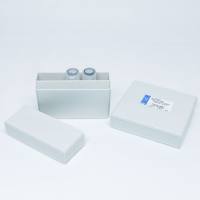Patch-Clamp Techniques Applied To Brain Slices
互联网
872
Brain slices have become an integral part of synaptic and cellular physiology since the pioneering studies by Henry McIlwain
(Li and McIlwain, 1957; Yamamoto and McIlwain, 1966). The hippocampal slice preparation was first brought to the United States
from Per Anderson’s lab-initially by Tim Teyler followed shortly after by Phil Schwartzkroin. Over the years the development
of the in vitro brain-slice preparation has enabled electrophysiologists to study various aspects of the nervous system in
an isolated preparation that still retains many of the brain’s complement of neuronal connections. Through the use of brain-slice
preparations, much has been learned about the intrinsic properties and morphology of different populations of neurons, about
connectivity between different cell types within or between brain regions, about the quantal nature of transmitter release,
and about various forms of synaptic plasticity. Although other reduced preparations such as dissociated cells or partially
dissociated slices are useful for evaluating single-channel and certain voltage-clamp data, the aforementioned questions are
more easily addressed using brain slices. This first section focuses on some of the important aspects of preparing and maintaining
healthy brain slices along with some of the rationales for selecting certain procedures.







